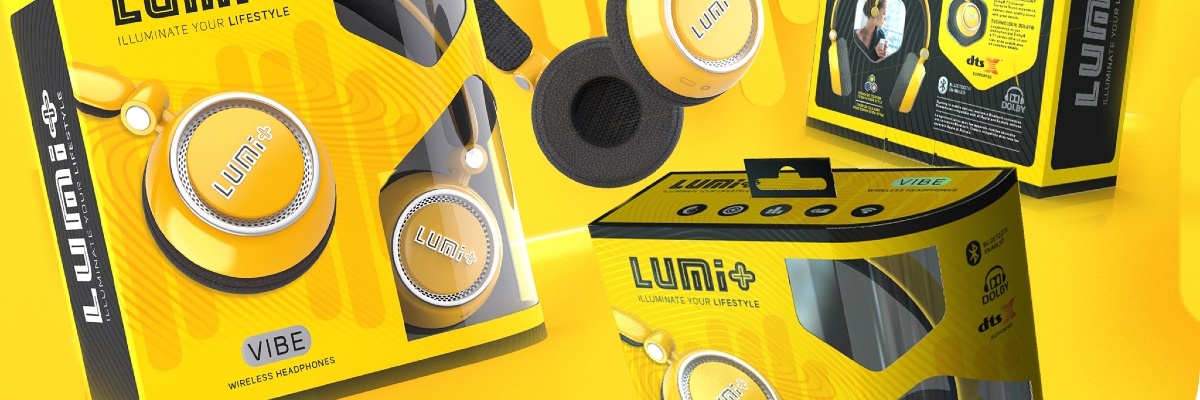Brands today are sustainability focused to meet KPIs and satisfy consumer demand. However, supply chain challenges hamper accomplishing this initiative. Let’s explore how designing packaging and products with sustainability in mind, and creating a resilient supply chain, improves a brand’s overall sustainability strategy.
Sustainability is a Big Deal
When it comes to sustainability, consumers want brands to do the right thing. However, they hold themselves equally accountable. For example, 74% of consumers are willing to pay more for sustainable packaging.1 And 60% of European consumers actively seek out environmentally friendly packaging and make a point of recycling.2
Furthermore, products that are marketed as sustainable grew 5.6% times faster than those that were not. In more than 90% of the CPG categories, sustainably marketed products grew more than their conventional counterparts.
Why is Sustainability Hard for Brands?
Meeting corporate social responsibility targets is a top KPI for most companies. However, rising costs, such as dramatic increases in the price of raw materials, transport, and packaging, create strain on a brand’s bottom line. Additionally, supply chain delays result in longer lead times and delayed product launches. This puts pressure on brands from retailers, customers, and internal teams to be able to deliver sustainable packaging.3
Much to the chagrin of those of us in the packaging industry, consumers view packaging as waste. Clearly, this is damaging to brand equity. So, what should brands do? A logical first step is to right size their product packaging, the primary source of material usage and waste, which results in increased pallet and truck load efficiency. Let’s explore how.
Designing with Sustainability in Mind
Let’s start with an example. Imagine your team is redesigning a PET bottle to be more sustainable. Before you redesign the bottle entirely, you need to ensure you still maintain the finish size, diameter, and filling requirements. Additionally, you also need to optimize the selling unit and transport cube utilization. To do so will optimize the entire supply chain. When your team goes through the process this way, possible savings generated include:
- 20% less material used per PET bottle
- 23% less material used per label
- 5% less material used shrink wrapping pallets
That’s not all. What happened on the pallet also generated savings, including:
- 25% more bottles per pallet
- 9.6% more utilization for transport cube
- 17% more improvement per truck load
The foregoing demonstrates that by designing and making improvements to the process throughout the entire supply chain, brands can see big gains in sustainability KPIs. But that only happens if, and this is a big if, the supply chain cooperates.
Do You Have the Supply Chain Blues?
Let’s address the elephant in the room. There are difficulties in supply planning due to lack of information on impacted suppliers. In fact, 69% of companies experienced this. This has brands singing the supply chain blues, including4:
- Shortages in critical parts and materials – 74%
- Delays in shipments resulting in longer lead times – 74%
- Difficulties in reconfiguring production lines – 68%
- Difficulties switching to online channels – 71%
- Losses in sales due to stockout – 67%
Supply Chain Resilience to the Rescue
The need to build supply chain resilience is causing organizations to reduce their reliance on just-in-time manufacturing processes. Supply chain resilience is the ability to respond to and recover from problems with minimal disruption to operations and customer timeframes.5 Features of supply chain resilience include6:
- Visibility across the entire supply chain
- Agility, which is the speed at which the supply network can respond to shifts in the environment, such as scaling production up/down, reconfiguring plants and logistics networks, opening new demand channels (e.g., shifting from a brick-and-mortar model to ecommerce)
- Diversification of supplier-base, production footprint and transportation partners
- Contingency planning – the ability to anticipate and respond to disruptions
Of these, being agile in packaging engineering is among the most important factors for combatting supply chain challenges. For example, redesigning packaging at speed, replacing materials that are not currently available or have become too expensive, and diversifying transportation options are significantly viable options for mitigating supply shortages.
Additionally, 86% of organizations see improving the diversity of transportation options (i.e., diversity in the number of partners and means of transport including ocean, air, rail, and road) as a key post-COVID priority. When done at speed, issues arise. However, the right tools enable brands to resolve issues early and fast, through:
- Consistent quality control with the same automatic checks
- Optimized design to boost operational uptime and efficiency
- Automated fix-it tools to save valuable time
But Does it Work?
You may be wondering whether these changes will still protect your product. The answer is yes. Using Compression Strength Analyses, brands can evaluate the impact of different materials, different material weights, and environmental factors such as humidity, length of storage and pallet stacking height. This helps determine whether a brand achieved its goal.
Wrapping it Up (Pun Intended)
Sustainability and Supply Chain initiatives go hand-in-hand. A brand can’t simply throw up its hands in resignation because it’s caught between a rock and a hard place. Creative thinking will help brands deliver the sustainability consumers demand even when supply shortages seem to indicate the contrary.
1Trivium Packaging & Boston Consulting Group, “2020 Global Buying Green Report”
2EU Commission, “A European Green Deal” [1] Harvard Business Review, “Research: Actually, Consumers Do
3Harvard Business Review, “Research: Actually, Consumers Do Buy Sustainable Products”
4Capgemini, “FAST FORWARD: Rethinking supply chain resilience for a post-COVID-19 World
5Thread in Motion, “We Explained the Importance of Packaging in Supply Chain Resilience”
6Capgemini, “FAST FORWARD: Rethinking supply chain resilience for a post-COVID-19 World










